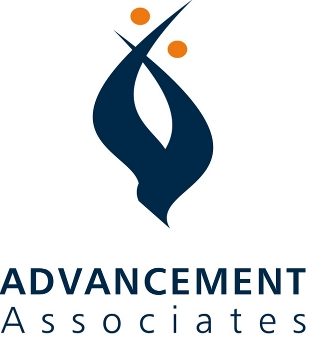In his book, Relationship Fundraising (Jossey-Bass Publishers, 2002), Author Ken Burnett describes an approach that centers on the unique and individual connection an organization has with each of its donors. It should be an “overriding consideration,” says AAI Principal Rich Gerig, “to care for and develop that bond.”
According to Gerig, donors—those people who actively support the work of an organization through their sustained financial contributions—should each “know that they are important, valued and considered.”
One of the crucial results of a strong affinity with a donor is that the organization can learn about, respectfully respond to, and sometimes help to shape a donor’s motivations.
So what exactly does motivate donors? From professional reading, his own experiences, and an informal survey of development directors with whom he has worked, Gerig offers, in no significant order, this listing of primary donor motivations:
- Tax planning
- Ego, self-esteem, status
- Quest for immortality
- Desire for emotional response
- Wish for self-preservation
- Vested interests
- In memoriam
- Gratitude
- Identification with the cause
- Guilt
- Altruism
- Religious heritage
- Compassion
- Answering a voice of authority
- Social ambition
- Getting value for money
- In response to being asked
- Feels good
- Family history
Gerig notes that several motivations often operate together in spurring a donor’s support. Motivations have changed little over the years and are likely not to change in the future. However, he argues that organizations can contribute significantly to the development of donor motivations. “Appeals for financial support should be consonant with a nonprofit’s mission and values,” Gerig said. “Representatives of church-related organizations can help donors see that Christian faith and the practice of stewardship go hand in hand.”
